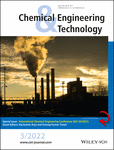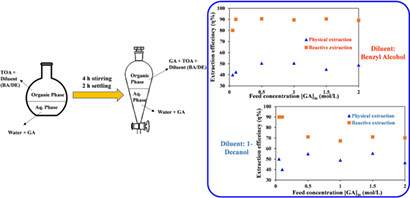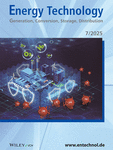Journal list menu
Export Citations
Download PDFs
Cover Picture
Cover Picture: Chem. Eng. Technol. 3/2022
- Page: 391
- First Published: 23 February 2022
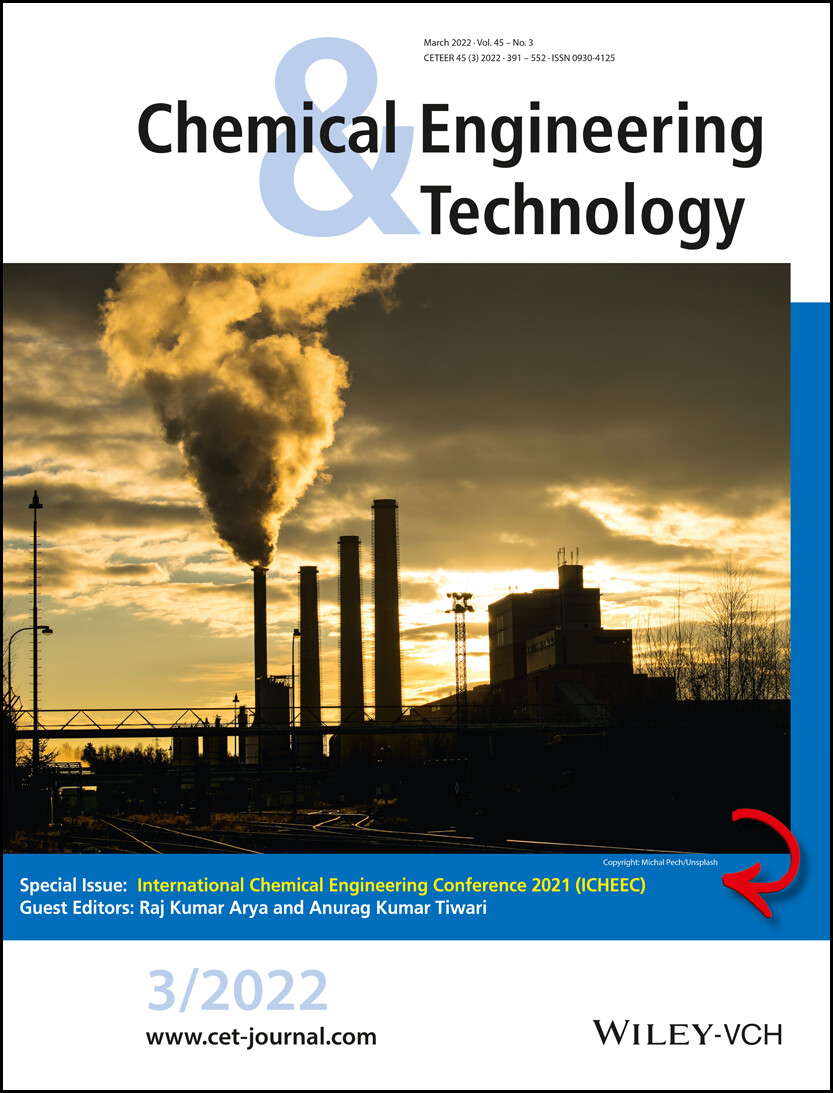
Silhouette of power plant. Copyright: Michal Pech/Unsplash
Editorial Board
Editorial Board: Chem. Eng. Technol. 3/2022
- Page: 392
- First Published: 23 February 2022
Overview
Overview Contents: Chem. Eng. Technol. 3/2022
- Page: 393
- First Published: 23 February 2022
Highlights
Editorial
100 Glorious Years of Chemical Engineering & Technology: International Chemical Engineering Conference 2021 (ICHEEC)
- Page: 396
- First Published: 23 February 2022
Review Articles
Nickel Oxide Nanoparticles: A Brief Review of Their Synthesis, Characterization, and Applications
- Pages: 397-409
- First Published: 18 January 2022
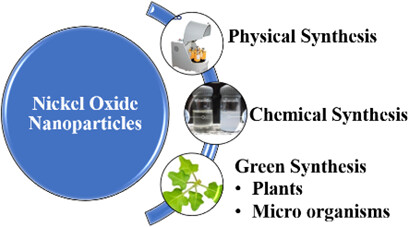
A brief review of physical, chemical, and green methods for the synthesis of nickel oxide nanoparticles (NNPs) is given, including their advantages and limitations. Insight is given into morphological studies on NNPs and their numerous applications, such as photocatalytic dye degradation for wastewater treatment, antibacterial and antifungal activity, and electrochemical and energy-storage devices.
Research Articles
Facile One-Pot Hydrothermal Synthesis of Copper Nanowires and Their Impact on the EMI Shielding Capability of Epoxy Composites
- Pages: 410-416
- First Published: 26 November 2021
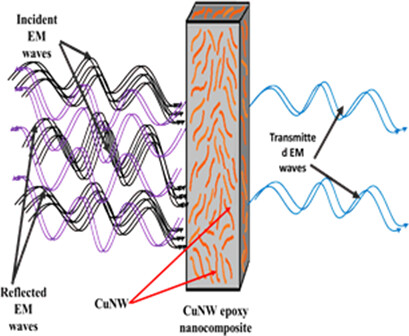
Epoxy nanocomposites containing copper nanowires (CuNW) were produced by a one-pot hydrothermal synthesis method. The epoxy composites containing 12 wt % CuNW showed percolated behavior, exhibited a frequency-independent conductivity in the range of 25–200 Hz and had an EMI shielding effectiveness value of 6.5 dB, corresponding to 77.1 % attenuation of the incident electromagnetic wave.
Reactive Extraction of Gluconic Acid Using Trioctylamine in Different Diluents
- Pages: 417-424
- First Published: 15 December 2021
Onset of Flow Reversal in a Vertical T-channel: Bingham Fluids
- Pages: 425-431
- First Published: 15 December 2021
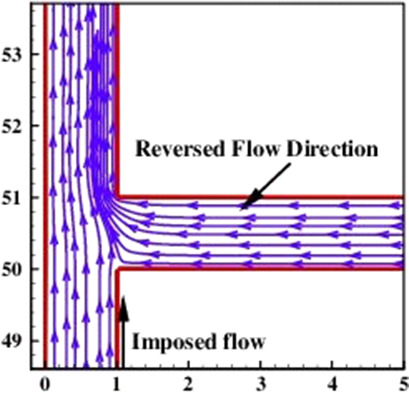
The commencement of the flow reversal situation in the daughter channel of a vertical T-channel was examined for the mixed convection flow of Bingham plastic fluids at low channel Reynolds numbers. Results indicate that the aiding buoyancy flow in the main channel causes the flow reversal phenomena to occur in the daughter channel of the rectangular T-channel.
A Simple Method to Design a Decoupler for a Proton Exchange Membrane Fuel Cell
- Pages: 432-440
- First Published: 14 December 2021
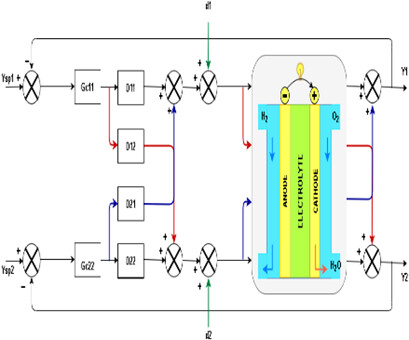
The performance of a proton exchange membrane fuel cell can effectively be optimized by minimizing interactions between loops. A simple method is proposed to design a decoupler for such a fuel cell. The designed controller produces enhanced set point tracking and disturbance rejection responses compared to that of the reported method in the open literature.
Hydrodynamic Studies during Gas-Solid Conveying in a Vertically Upward Converging Riser Tube‡
- Pages: 441-448
- First Published: 14 December 2021
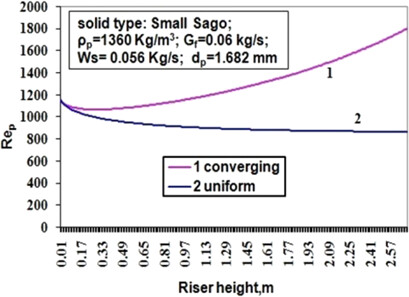
The hydrodynamics for gas-solids particle flow in a vertical upward converging pneumatic conveying system were experimentally and theoretically investigated. The impact of convergence geometry on the hydrodynamic parameters in terms of particle velocity, gas-particle slip velocity, pressure drop, and particle Reynolds number along the riser height during the gas-solids particle flow was evaluated.
Air Flow around and through a Permeable Semi-Circular Cylinder‡
- Pages: 449-455
- First Published: 15 December 2021
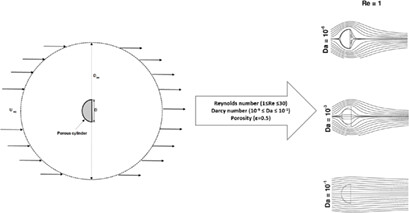
The flow characteristics of air passing through a permeable semi-circular cylinder are investigated. Various ranges of Darcy number, Reynolds number, and porosity in the laminar flow regime are considered and their combined influence on the drag coefficient is evaluated. The flow field is analyzed by displaying the streamline profiles and vorticity contours for various controlling parameters.
Transient Modeling and Simulation of a Multiple-Stage Evaporator in the Paper Industry
- Pages: 456-466
- First Published: 31 December 2021
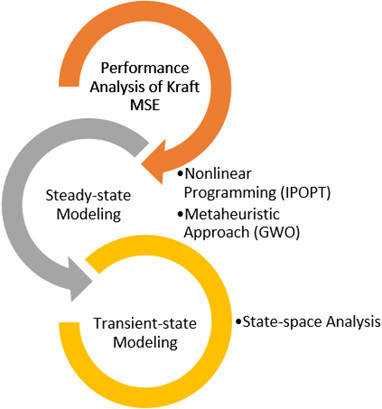
Steady- and transient-state models of a multiple-stage evaporator incorporating energy reduction schemes are developed based on the basic mass, component, and energy balance equations. The steady-state performance analysis is performed with IPOPT and GWO to find the unknown process parameters to compute the maximized energy efficiency.
Centralized Proportional Integral Controller Design for the Activated Sludge Process
- Pages: 467-478
- First Published: 31 December 2021
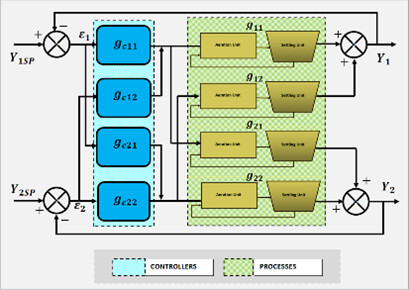
A centralized proportional integral controller was designed to control dissolved oxygen and substrate concentrations by manipulating aeration rate and recycle sludge flow rate for a single-tank activated sludge process. The relative normalized gain array and dynamic relative gain array, empirical methods based on the equivalent transfer function, were compared and authenticated by error indices and robustness analysis.
Comparative Study of Two Identical Industrial Digesters Using Radiotracer-Based Residence Time Distribution Measurement
- Pages: 479-488
- First Published: 05 January 2022
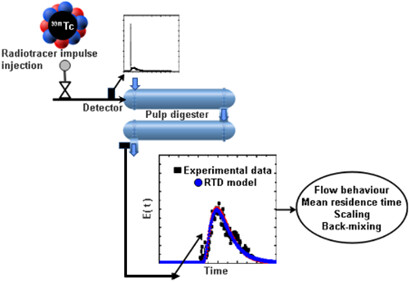
Two identical industrial-scale continuous pulp digesters were compared using radiotracer-based experimental residence time distribution (RTD) measurements under various operating conditions. The flow abnormalities inside the digesters were identified and the mean residence time was predicted. The axial dispersion model and tank-in-series with back-mixing model were used to approximate the RTD data.
Parametric Analysis of 1,1-Diethoxybutane Synthesis in Fixed-Bed Reactor and Distillation Column‡
- Pages: 489-496
- First Published: 31 December 2021
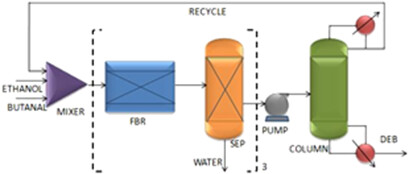
1,1-Diethoxybutane (DEB) is a promising bio-based additive for biofuels and their blends with conventional fuels. A simulation study was carried out in Aspen Plus to compare two synthesis processes of DEB including a parametric study. Effects of variation in amount of water removal, catalyst weight, and reactor temperature on overall conversion, per pass conversion, and product purity were evaluated.
Enhanced Oil Recovery Using Polyaniline-Sodium Dodecyl Sulfate-Sodium Hydroxide Flooding
- Pages: 497-507
- First Published: 05 January 2022
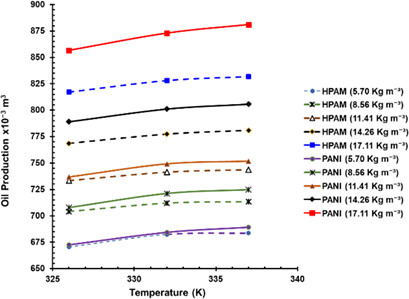
The enhanced oil recovery performance of polymer, surfactant, and alkali was modeled for different concentrations and temperatures. Continuity, momentum, and energy equations were applied and solved numerically with the STARS computer modelling group simulator. The findings may provide the potential for a more sustainable approach to improve the crude oil recovery process.
Heat Exchanger Network Design Using MATLAB
- Pages: 508-516
- First Published: 05 January 2022
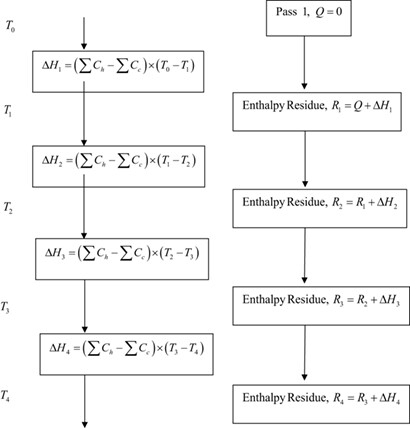
A generalized MATLAB-based heat exchanger network design scheme using pinch technology is proposed. The scheme is very robust and user-friendly and was tested for several industrial problems available in literature. It designs two networks, one above the pinch and the other one below the pinch. It works as a low-cost heat exchanger network design scheme as compared to other commercial packages.
A Negative Effect of Niobium-Doped Ceria on Soot Oxidation Activity‡
- Pages: 517-525
- First Published: 11 January 2022
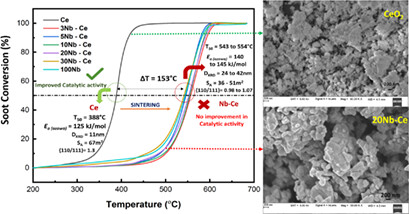
Pure CeO2 and Nb-doped CeO2 series were successfully synthesized and characterized to study soot oxidation activity. The fluorite structure of CeO2 was retained for all the doped samples confirming the formation of solid solutions. The high catalytic activity of the CeO2 catalyst can be attributed to the low crystallite size, high facet ratio, and the large surface area as compared to Nb-doped samples.
Reactive Extraction of Gallic Acid Using Trioctylamine and Tributyl Phosphate with Natural Oils
- Pages: 526-534
- First Published: 11 January 2022
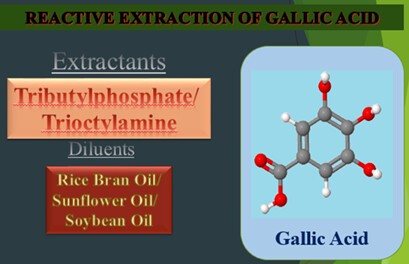
Gallic acid (GA) from aqueous streams was extracted by reactive extraction with organic phase combinations of tributylphosphate and trioctylamine with rice bran oil, sunflower oil, and soybean oil. An equilibrium study was done for GA distribution in aqueous and organic phases. From the biocompatibility and economic point of view, the natural oils as nontoxic diluents are much favorable for GA recovery.
Effects of Channel Hydraulic Diameters and Flow Ratios of Two-Phase Flow in Y-Junction Microchannels
- Pages: 535-542
- First Published: 20 January 2022

For the two-phase flow of a water-cyclohexane immiscible system with and without obstruction of Y-junction microchannels under slug flow regime the hydrodynamics was studied numerically. Varying fluid properties and operating parameters were evaluated using the volume-of-fluid technique and the findings were compared with predictions of existing correlations and experimental results.
Process Technology for the Removal of Cr(VI) from Wastewater Using Pig Iron Sludge
- Pages: 543-551
- First Published: 19 January 2022
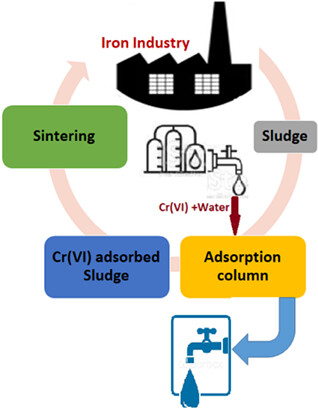
Adsorption is a technically viable, economically feasible, and environmentally friendly process for treatment of Cr(VI)-contaminated wastewater. But it has challenges like regeneration, reuse, and safe disposal of the adsorbents. A process flow sheet using pig iron sludge as low-cost adsorbent is proposed to address these issues. The adsorbed Cr(VI) may be useful for making steel in blast furnaces.
Overview
Overview Contents: Chemie Ingenieur Technik 3/2022
- Page: 552
- First Published: 23 February 2022




